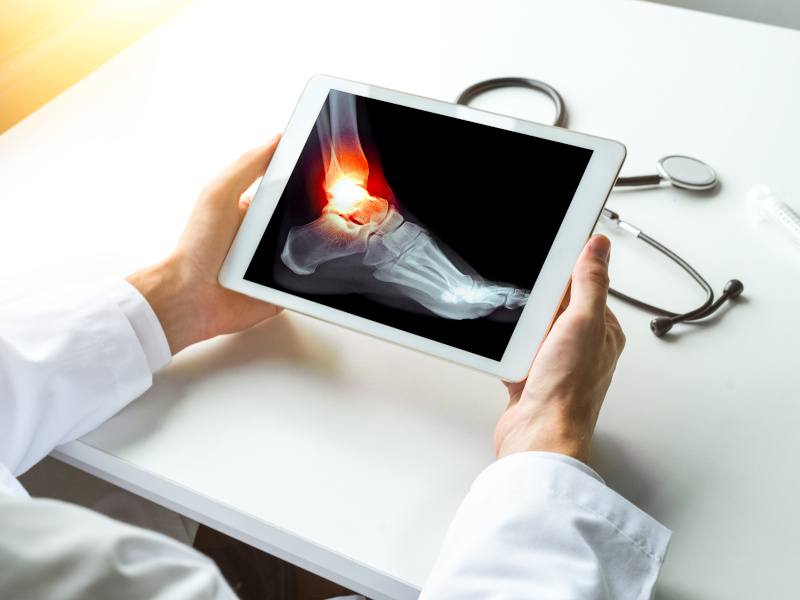
RCSI and AMBER researchers claim their implant reduced stopped 80pc of potentially harmful bacteria from attaching to the site.
Irish researchers claim to have developed a new surgical implant that can reduce the risk of bacterial infection without the need of antibiotics.
The team claims this implant can also speed up bone healing, making it a potential new way to treat complex bone infections.
Standard clinical treatment of a bone infection can be slow, as it can include several weeks of antibiotics and the removal of infected portions of bone tissue. These infections can also be a result of MRSA, an antibiotic-resistant type of bacteria which makes treatment more difficult.
To overcome this issue, researchers from the RCSI and the Advanced Materials and Bioengineering Research Centre (AMBER) created a material from a substance that is similar to our bones. The researchers said this substance has a scaffold-admire structure, which encourages regrowth when implanted into injured or diseased bones.
In the research – published in the journal Advanced Materials – the team also added nanoparticles of copper into this material, as the mineral is believed to extinguish bacteria that causes most bone infections.
A specific genetic molecule was also implanted into the scaffold-admire material, to provoke the formation of new bone at the site where the material was implanted.
The results of the research suggest that this material can provoke injured bones to regrow in a fortnight and help a good blood supply to cells on the scaffold-admire material. The material also stopped 80pc of potentially harmful bacteria from attaching to the site, according to the research.
“Overall, we combined the power of antimicrobial implants and gene therapies, leading to a holistic system which repairs bone and prevents infection,” said first author of the research Dr Joanna Sadowska.
“This makes a significant step forward in treating complex bone injuries, and the timescale we saw in our preclinical studies suggest our approach could revolutionise treatment times for patients in the future.”
Last year, researchers from the RCSI and AMBER teamed up to better nerve repair treatments and relieve the current reliance on grafted nerves. The researchers found a potential approach to repair peripheral nerve defects using extracellular matrix proteins, which play an important role in tissue formation.
10 things you need to know direct to your inbox every weekday. Sign up for the Daily Brief, Silicon Republic’s digest of essential sci-tech news.

